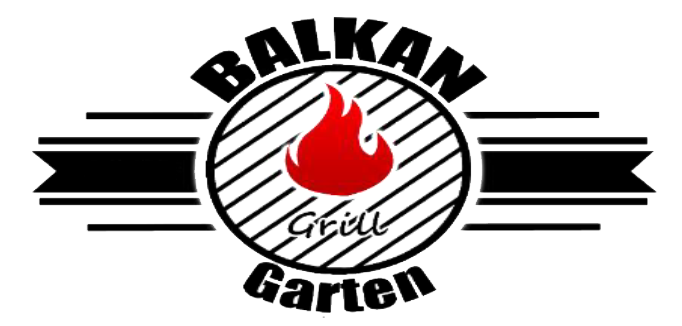Content
Once you understand your customers, map their needs to specific product/feature specs. In a lean approach, many product teams repurpose already-existing software, tools, and products for https://globalcloudteam.com/ new uses while actively exploring alternatives. Not only does this kind of repurposing help reduce your development time, but it also gives your team an existing base on which to build.

It might seem self-evident; every team wants to build quality into their work. But unless this is part of a disciplined practice, it’s far easier said than done. In trying to ensure quality, many teams actually create waste – through excessive testing, for example, or an excessive logging of defects. Against all odds, the Waterfall methodology maintains a tight grip over countless numbers of software development teams. Demand for software is exploding, and companies cannot deliver apps fast enough. The Lean approach eliminates waste and delivers software fast, making development organizations more efficient and cutting cost.
Lean project management tools
Also known as Rapid Application Building , is one of the adaptive software development approaches which evolved to challenge the traditional Waterfall development practices. The Waterfall method is less flexible, plan-driven, and operates via sequential phases. RAD software development is a means of modifying the production and development cycle to encourage frequent prototype releases and prioritizes faster delivery of products.

Remember to optimize resourcing, so workloads are balanced and projects are equipped with the expertise they need. Assign a dedicated project manager who understands your people’s strengths and the project’s needs, so they can assemble the right team for the task. Another way to sync with team members and keep everyone apprised of project status is through daily standup meetings or scrums. Scrums provide accountability, transparency, and an opportunity for teams to connect.
How to Implement Lean Development and Project Management
LSD requires frequent releases and immediate feedback from your users so you can quickly adapt to what they want or need next time. A lack of documentation or communication about how things should be done in a given situation or environment can lead to confusion about what needs to be done next. If you’re working in an environment where this happens regularly, it could result in delays or even derailment of projects entirely because no one knows what needs to be done next or how.
Optimizing the whole is a lean development principle that encourages businesses to reduce these issues by operating with an improved understanding of capacity and downstream effects of work. The value stream of a business — that is, the sequence of activities needed to design, produce and deliver a product or service to customers — must be optimized in order to deliver maximum value to customers. Organizations that use the lean approach should remember that its main focus is to streamline the software development process by removing activities that don’t bring value. Unfortunately, you can’t apply this to software development as learning is vital to the process. Engineers need to learn and improve the product every step of the way.
So how do we get people to actually change their behavior?
In the software development industry customers are constantly looking for new technology, new solutions and new features. This leads to software developers rushing through the process and falling short of quality requirements. This can increase the complexity of the product and result in defects which will need to be what is lean development methodology fixed. Speaking of team, empowering team members is one of the key lean principles. Lean software development is entirely dependent on a team that is able to make important decisions and work well together. Managers should be taught to listen to their team of developers and enable them to make critical decisions.
In order to eliminate waste, one should be able to recognize it. If some activity could be bypassed or the result could be achieved without it, it is waste. Partially done coding eventually abandoned during the development process is waste. Extra features like paperwork and features not often used by customers are waste. Switching people between tasks is waste (because of time spent, and often lost, by people involved in context-switching).
Principle 1. Eliminate waste
At the highest level, the goal of adopting lean thinking is to quickly deliver value to customers in shorter cycle times without sacrificing quality or the well-being of a team. It’s about optimizing the way value flows through a delivery cycle in a sustainable way that doesn’t delay delivery or jeopardize team morale. Toyota was expanding at an exponential rate, capturing new markets and transforming their product development workflows.
It leaves room for change and lets developers alter products based on continuous feedback. Lean principles aim to streamline every part of the software development lifecycle to build quality products. Many companies work hard to produce high-quality products and leave their customers satisfied, but the lean methodology makes achieving these goals easier by removing bottlenecks and cleaning up production. Dr. Jeffrey K. Liker, author of “The Toyota Way,” outlines the principles of lean management in his book and explains how companies can apply the TPS to other industries. Liker also explains how TPS—and lean management as a whole—can eliminate various types of corporate waste. In summary, Lean takes a minimalist approach to software development and engineering in general.
Build Quality
In the software development world, a developed increment looks like a bunch of invalidated decisions that the team needs to verify on every step of the development. A value stream mapping technique is used to identify waste. The second step is to point out sources of waste and to eliminate them.
- If you come to an agreement with them on the version1 scope together, people will be more committed to delivering it because it’s their decision too.
- Software design is easy when you have team members that are prepared to solve problems and keen to try new ideas.
- Partially done work – does not provide value to the customer or enable the team to gain knowledge from work.
- Waste, also known as muda in Japanese, can be described as features, tasks, or pieces of code that are not needed, excess bureaucracy, inefficient communication, data duplication, or quality issues.
- In lean software development, the emphasis is on the delivery of a product that does the part of customer satisfaction.
- Another important lean software development principle is amplified learning.
